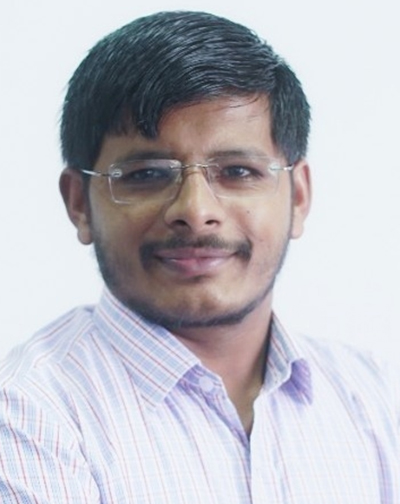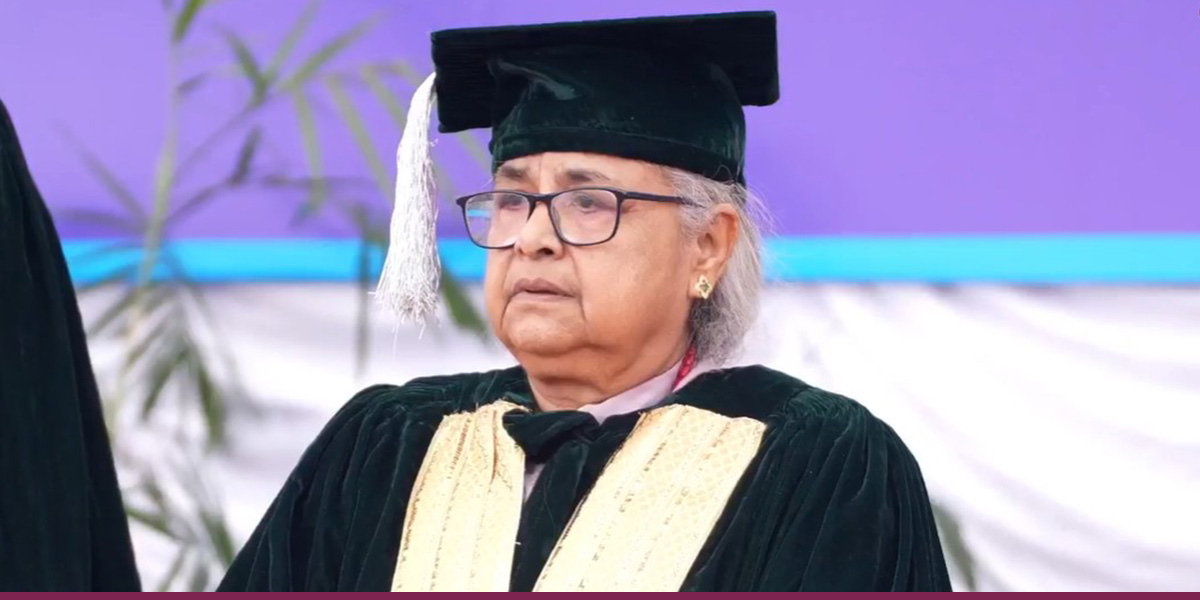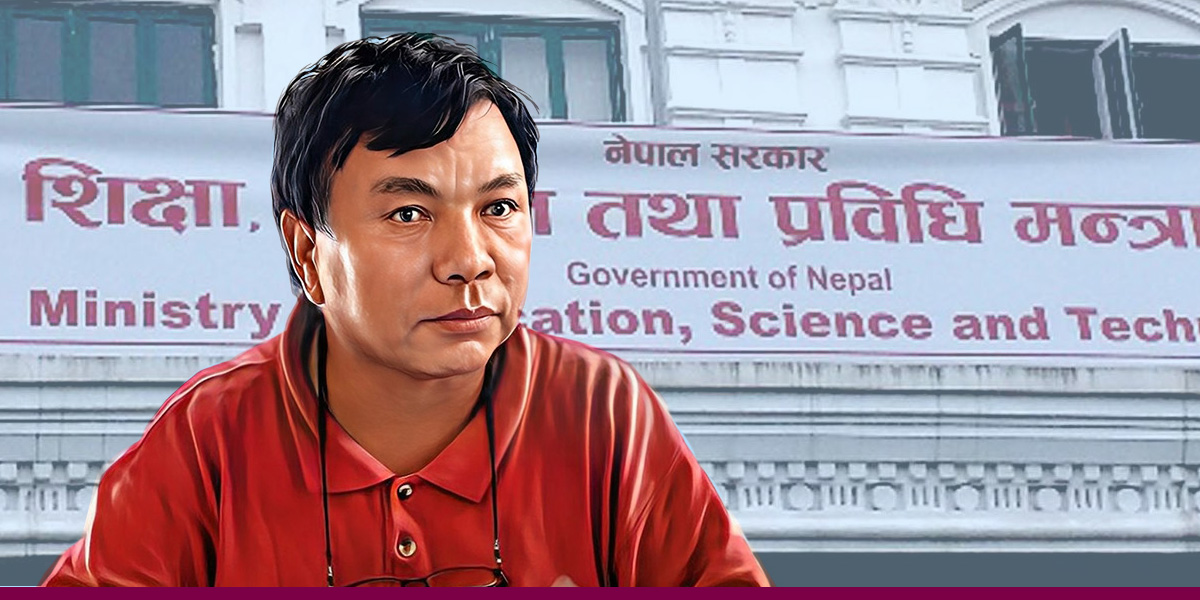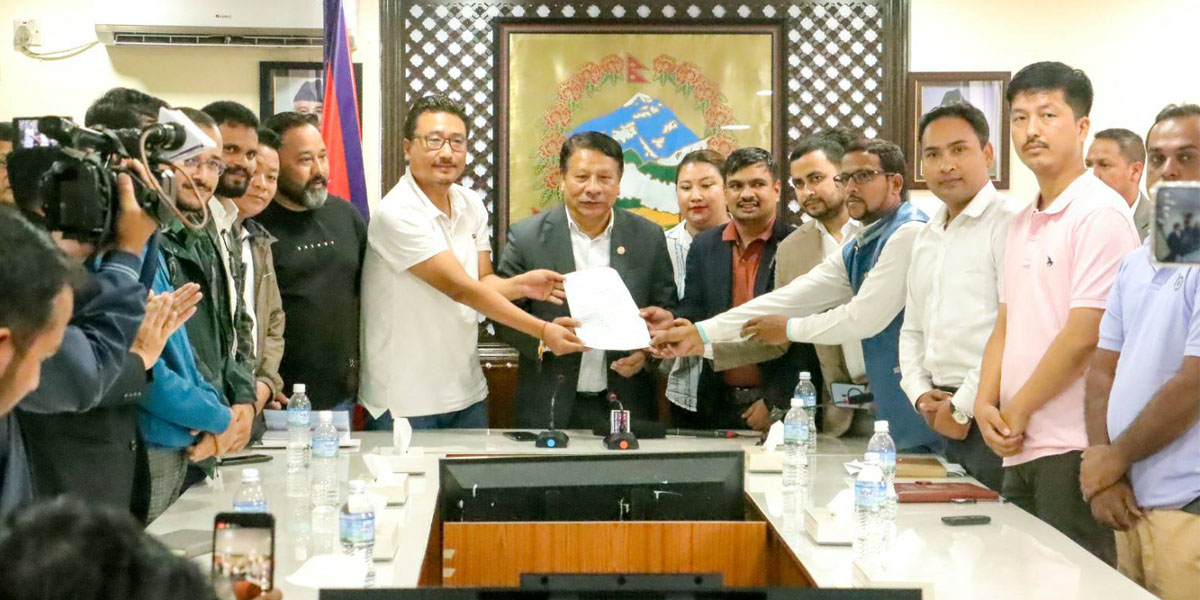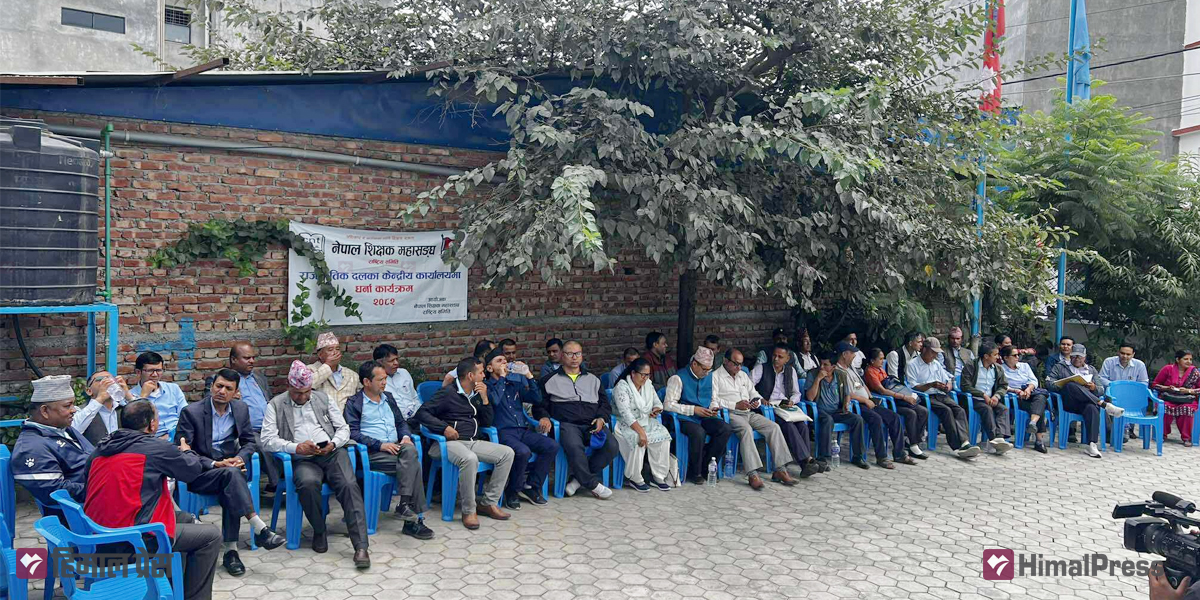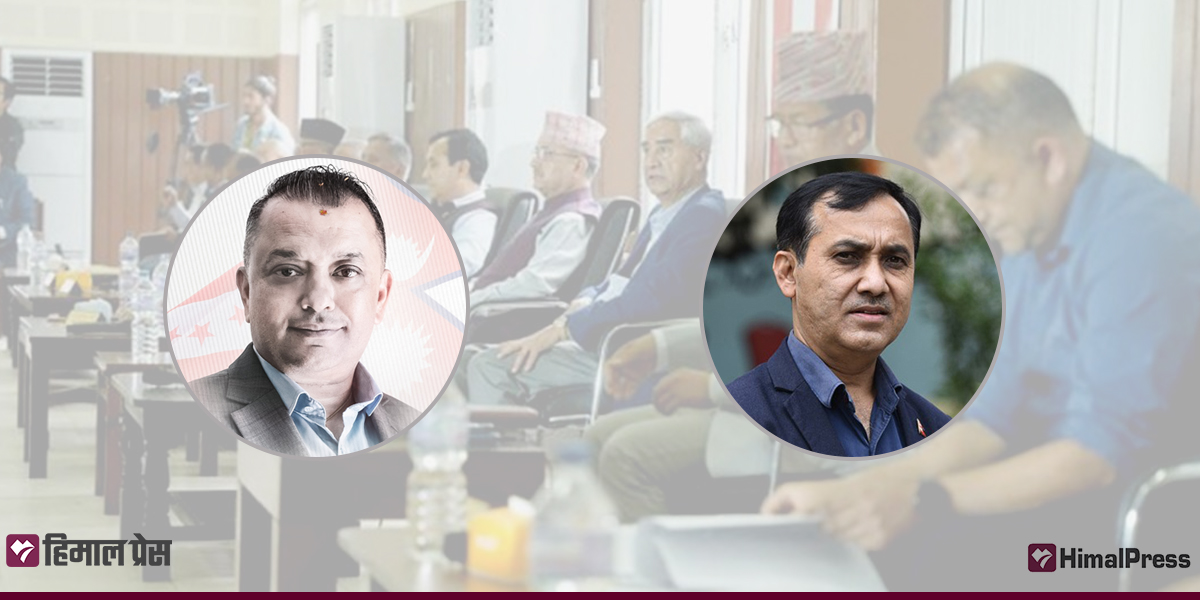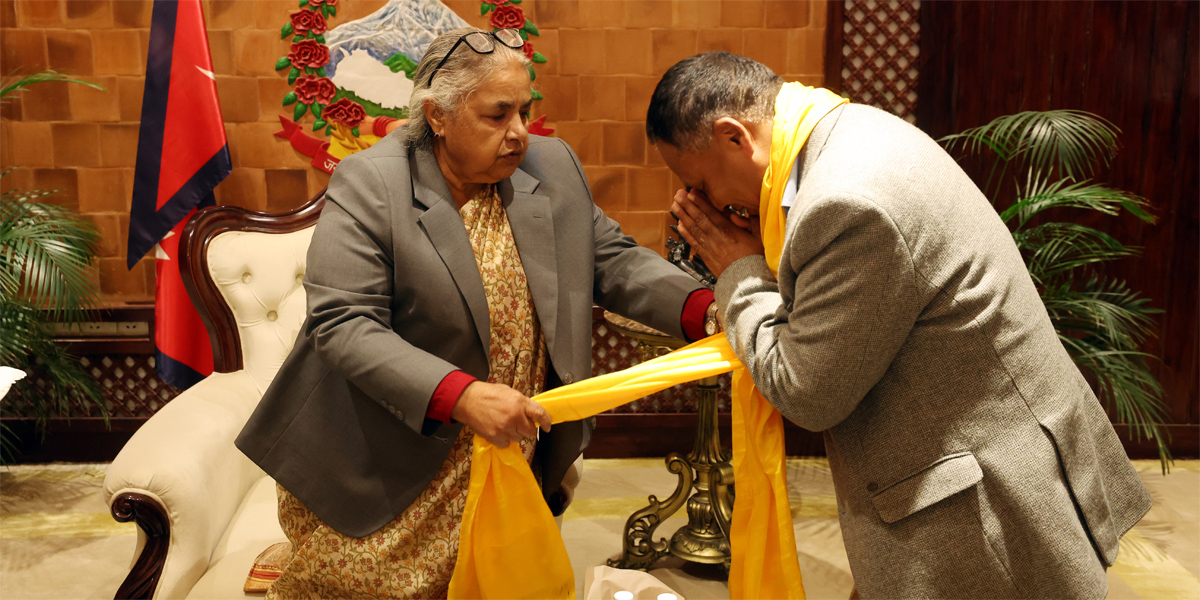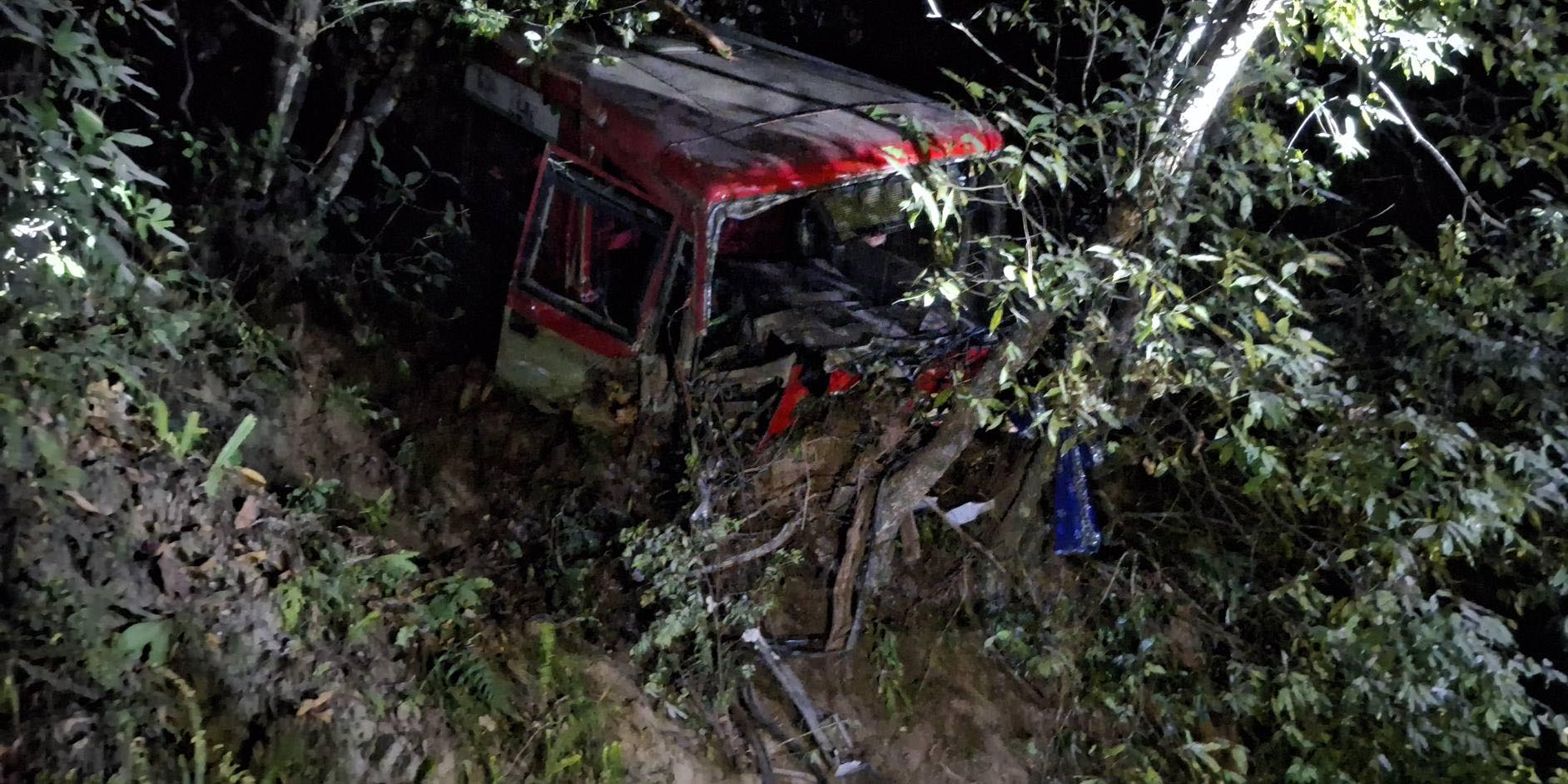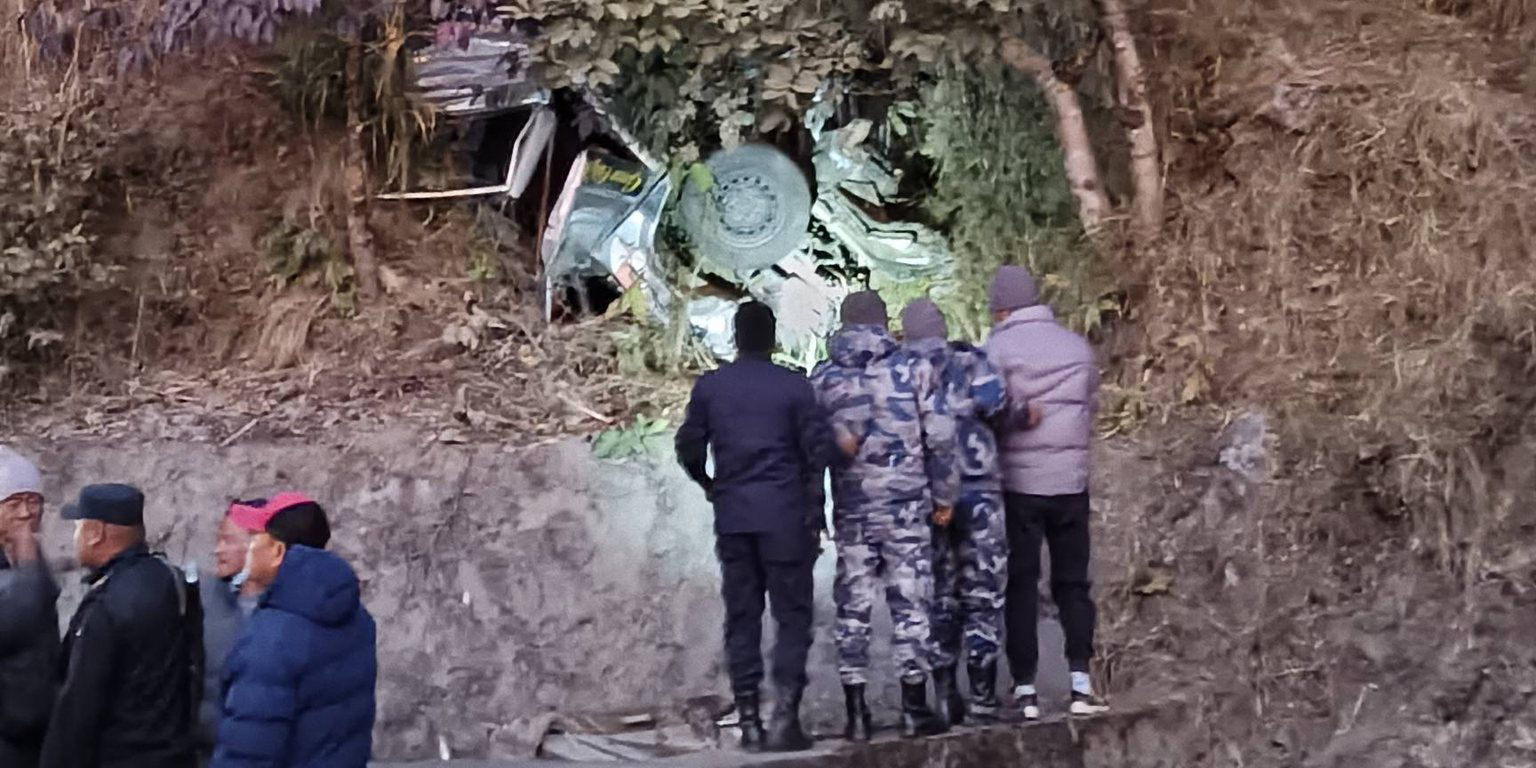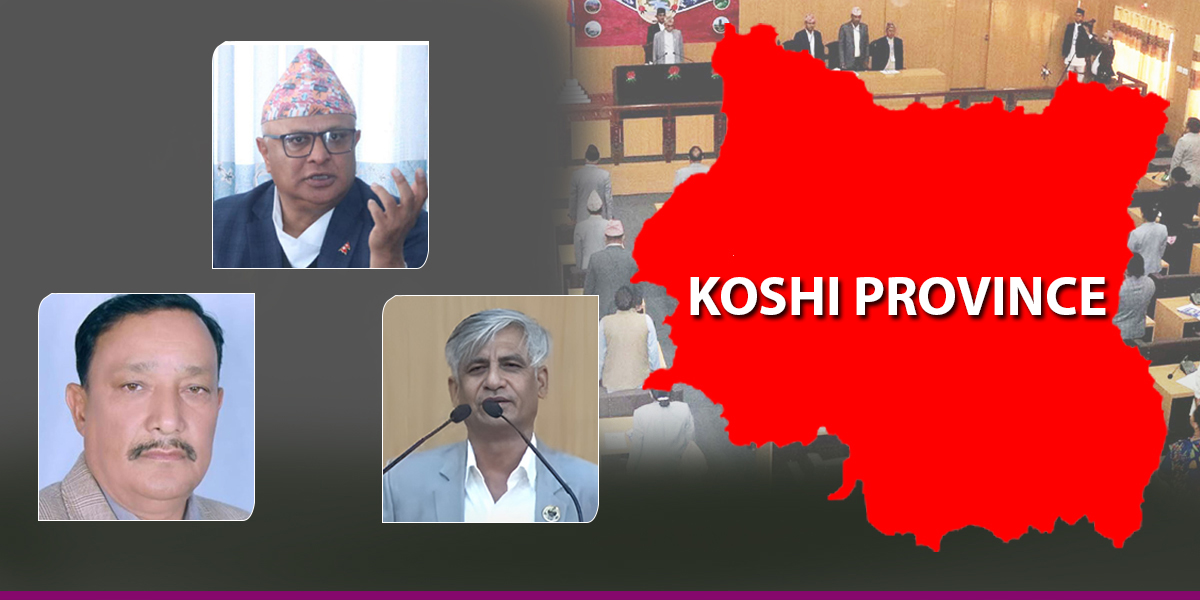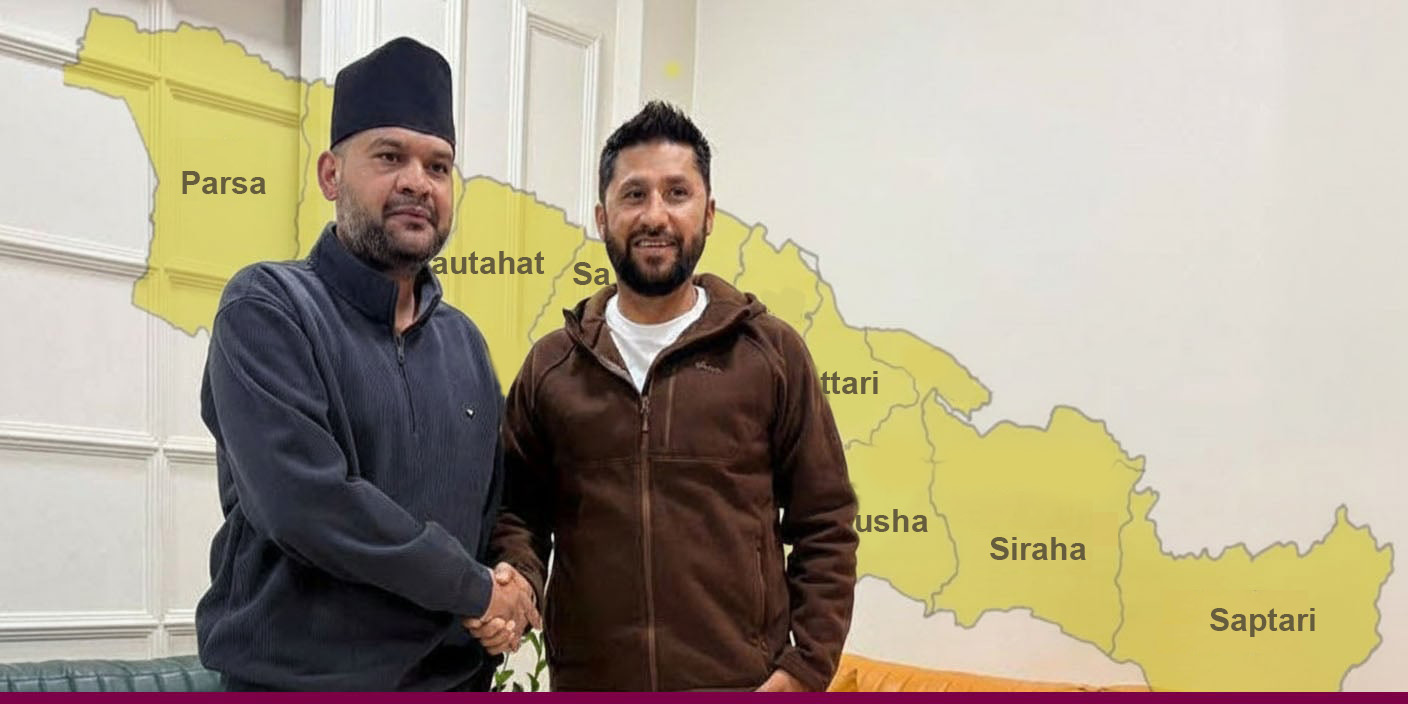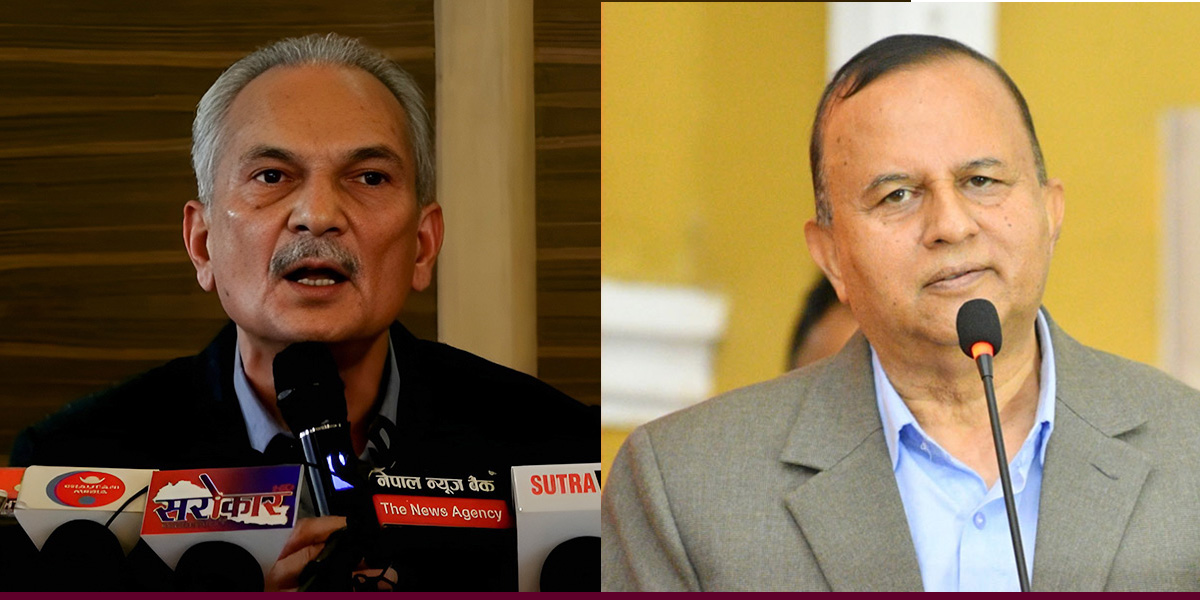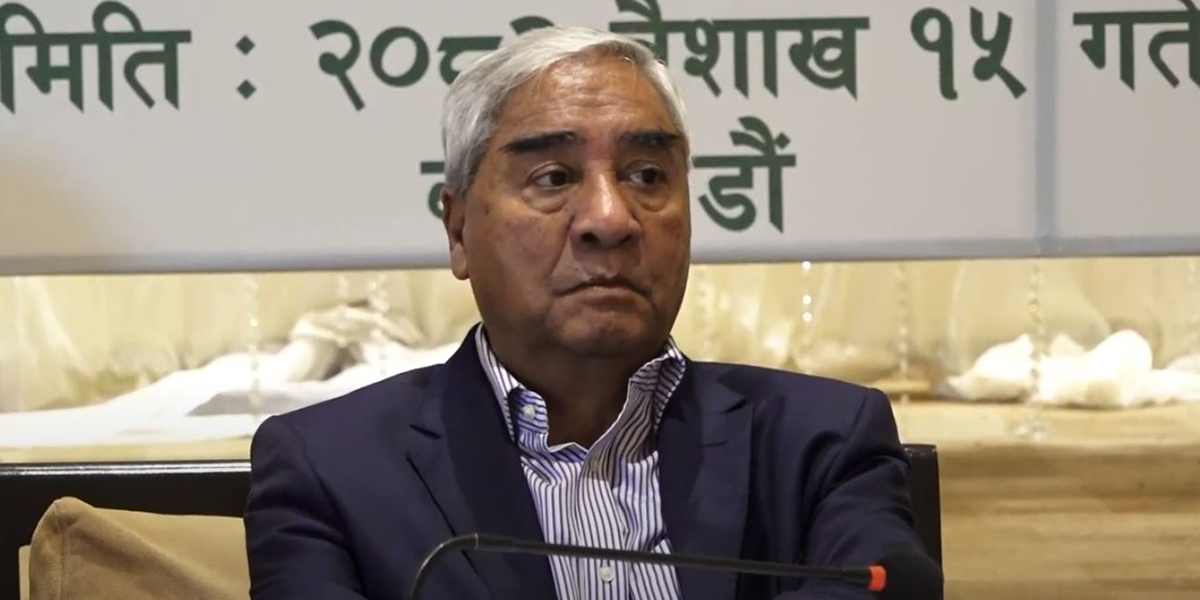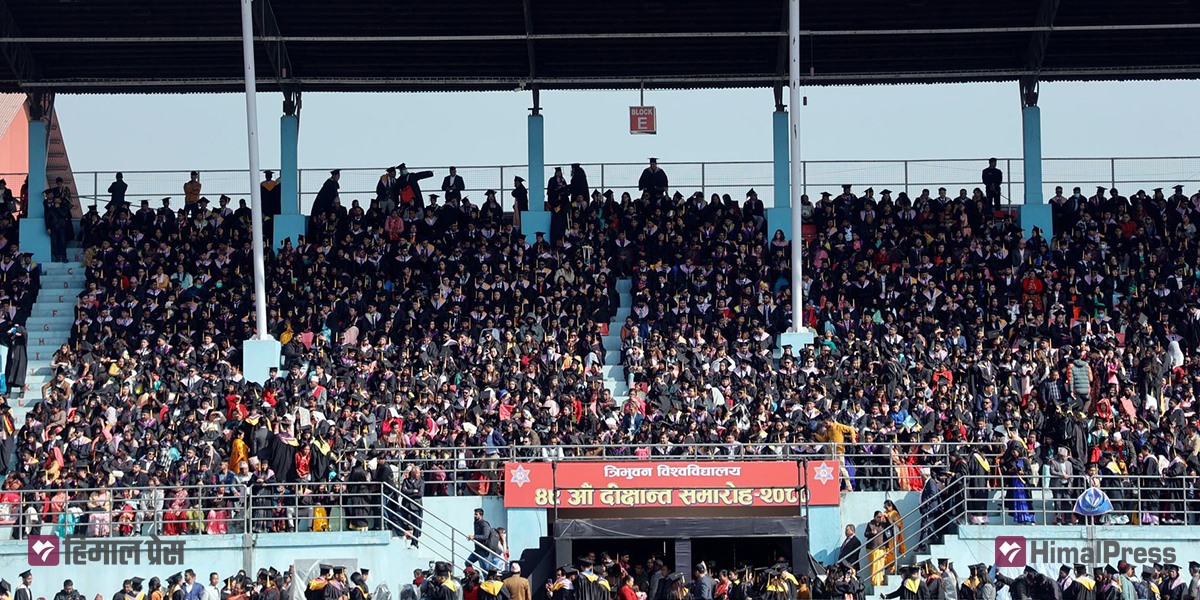
KATHMANDU: Last week, approximately 73,000 students across various levels graduated from Tribhuvan University (TU). TU secured a ‘world record’ certificate from the previously unknown organization, Official World Records, for the highest number of graduates. The ‘world record’ achievement sparked a wave of criticism on social media, with many questioning the quality and practicality of education, and the examination system of the country’s oldest university.
The disconnect between professors, curriculum, examination systems, and students has led to a decline in the youth’s interest in Nepali university education. Over the past few years, university classrooms have been increasingly empty, and even graduates find themselves adrift without employment prospects.
Experts suggest that university education in Nepal is gradually descending into crisis due to factors like professors aligned with political parties, outdated curricula, and an examination system often missing academic calendars. The pervasive practice of appointing political party members to various university positions, from staff to office bearers and professors, has become a chronic ailment for the institution. Despite a public commitment by the prime minister to refrain from involving political parties in university appointments, there is a glaring contradiction. Not only have the positions of vice-chancellor, rector, and registrar been filled by individuals closely aligned with political parties, but even sensitive bodies like the TU Service Commission have not been spared. Compounding the issue, there is a problematic trend of changing university leadership whenever there is a shift in the government.
This troubling scenario is exacerbated by a surge in the presence of ‘cadre’ professors who are often seen frequenting the corridors of power to bag lucrative posts. The consequence is the appointment of officebearers based on political loyalty rather than a commitment to educational advancement. This practice further undermines the merit-based selection of officials, casting a shadow over the integrity of the university leadership.
Professor Kapil Shrestha, former president of the Nepal University Teachers’ Association, said that the condition of university education will not improve until vice-chancellors are selected based on their contributions to the academic field rather than political connections. He lamented the lack of understanding from political leadership regarding the vital role of universities. “A university is a global embodiment of knowledge, science, and philosophy. The political leadership does not understand the importance of universities, and the problem is getting worse,” Professor Shrestha states. “To transform a university into a true seat of learning, a systematic curriculum, a well-equipped library, qualified and skilled teachers, adequate facilities for teachers, motivation, and effective educational leadership are essential.”
Students question the value of spending four years on graduation when there are limited job opportunities even after obtaining an educational certificate. Consequently, some students opt to start their businesses after completing Class 12, while a significant number choose to migrate abroad for higher education studies.
In the context of Nepal’s educational system, where individuals enroll in university education at the age of 18, many students express a desire to work part-time while pursuing their Bachelor’s degree. They will soon witness the disconnect between the academic curriculum and practical life. As a result, students question the value of spending four years on graduation when there are limited job opportunities even after obtaining an educational certificate. Consequently, some students opt to start their businesses after completing Class 12, while a significant number choose to migrate abroad for higher education studies.
Professor Shrestha attributed this issue to the impractical university education curriculum. “Our curriculum neither teaches how to research nor provides practical life education. Why spend four years and graduate?” he questioned, highlighting the urgent need for a more relevant and practical approach to university education.
Further, the classroom engagement of professors is very weak and they are often accused of relying on outdated teaching materials. Experts pointed to the lack of support and facilities provided by the state as a significant factor contributing to this issue. “The services and facilities for university teachers are the least in South Asia. Why would good and qualified human resources be attracted to the university?” questioned one expert. He said that university teachers often have to bear the cost of buying books and journals themselves, while also managing their families. “The financial constraints limit their ability to conduct research,” he added.
Professor Surendra Chand, former chief of Kailali Multiple Campus, identifies financial challenges as the primary reason for the decline in classroom attendance. “Students struggle to balance earning a living with their studies, and alternative employment opportunities are insufficient. The difficulty in surviving financially for the duration of a four-year program, relying on parents for support, further discourages enrollment,” he added. Chand also underlined the need to update undergraduate and postgraduate courses and advocated for a market-oriented curriculum. “We need to ensure that young graduates are immediately employable. It encourages them to stay in the country rather than seeking opportunities abroad.”

